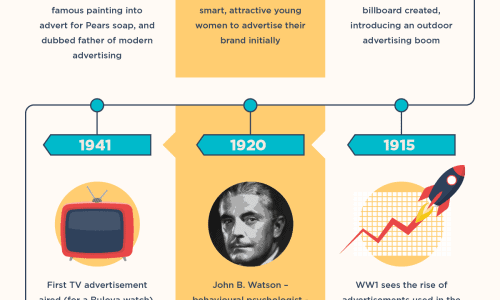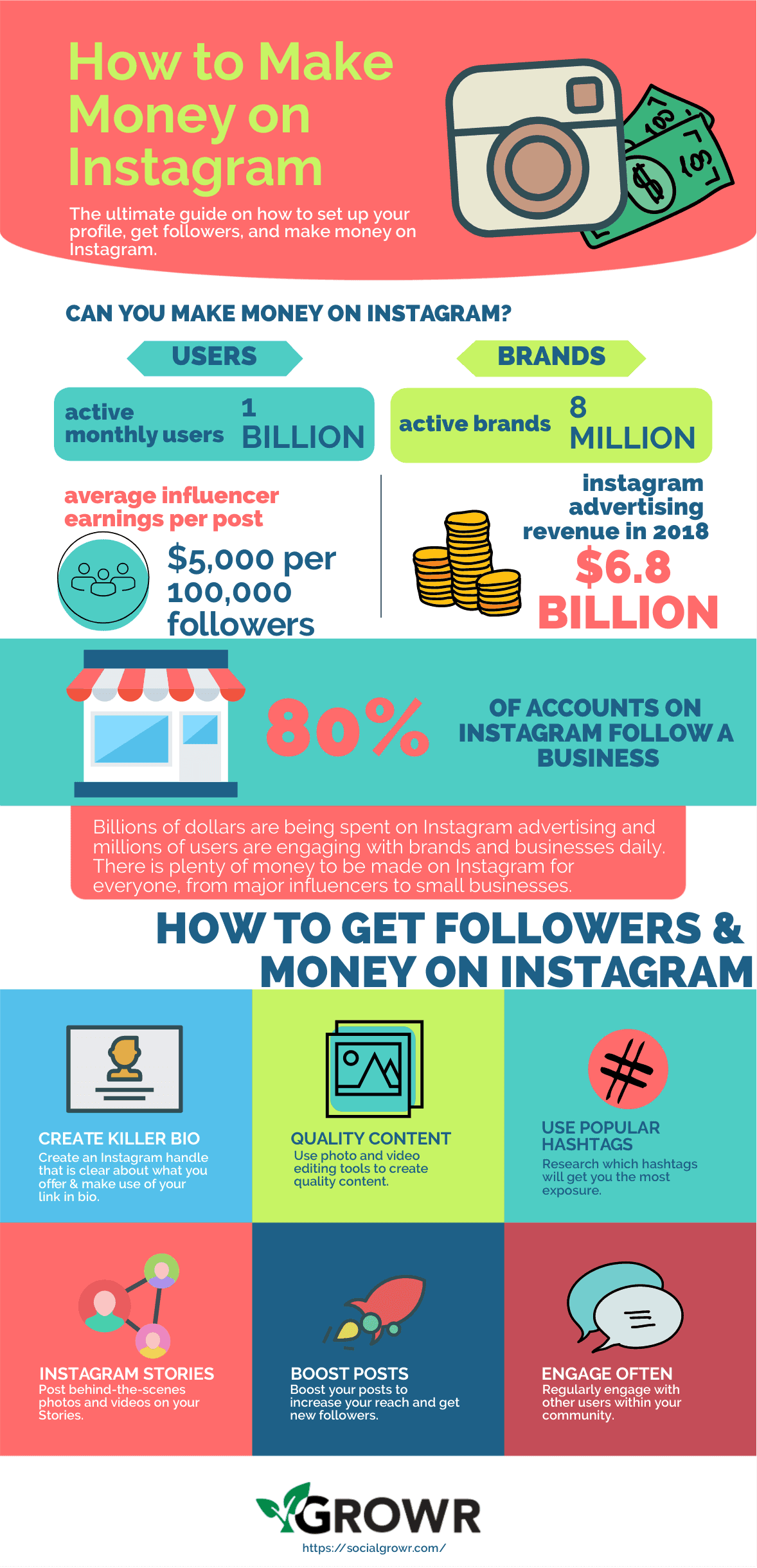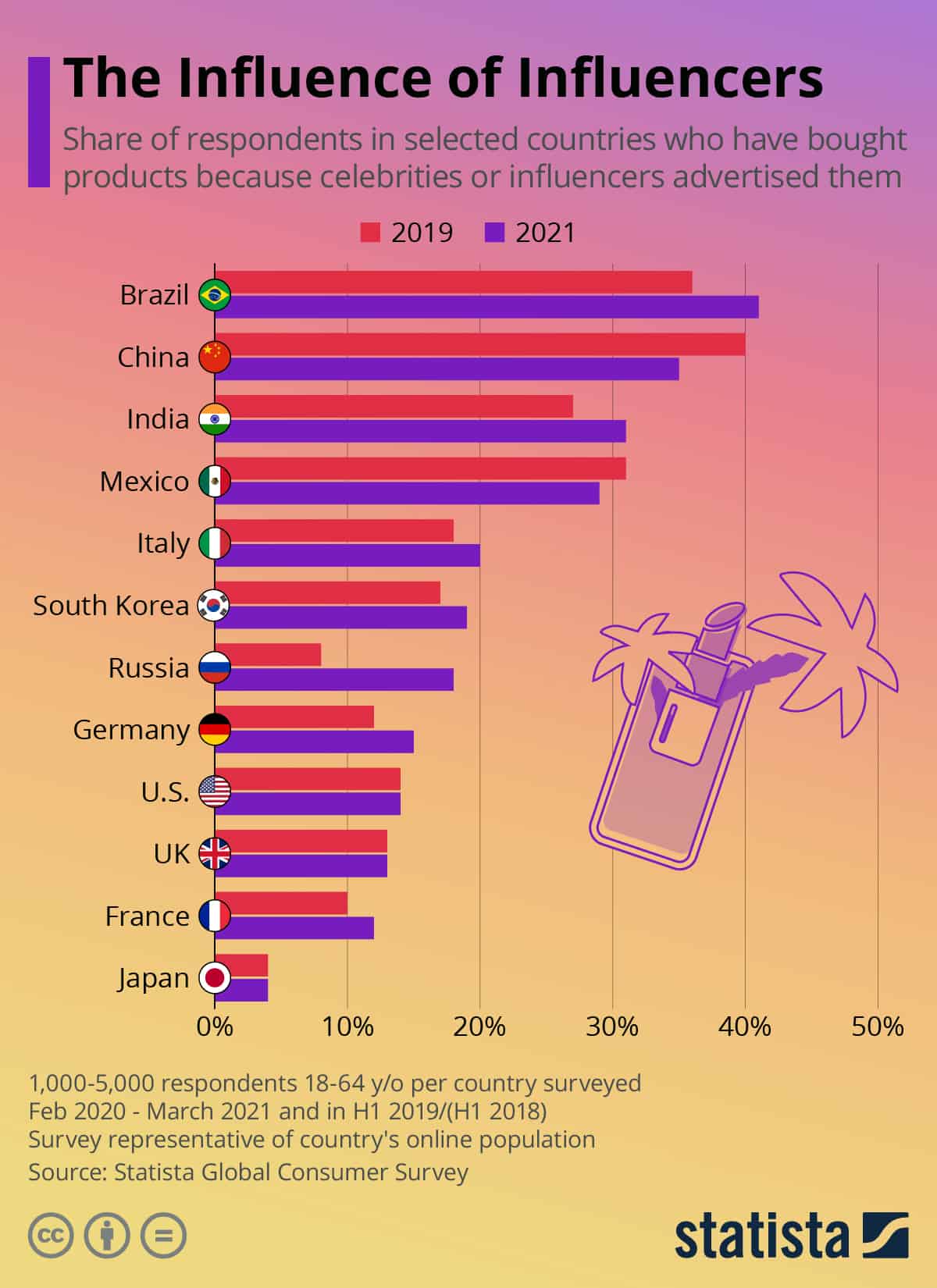
What is crowdsourcing? I didnâ??t know how to answer that question until 30 minutes ago when I Googled the term. And I learned that I have willingly taken part in crowdsourcing several times. Most recently, I obediently cast my vote for a co-workerâ??s 2-year-old to be the next face of Baby GAP. Perhaps you remember Netflixâ??s $1 million challenge to innovate a better movie prediction algorithm for the companyâ??s website? That is another (much better paying) instance of crowdsourcing.
Todayâ??s infographic takes a look at the practice of crowdsourcing projects: what it means, where the term originated, and how it works. The pros and cons of the technique are also lightly discussed. Based on my small experiences, it seems like a great idea for both companies and for consumers if used fairly. A company can get essential input from their target audience, and that audience is given a voice and the opportunity for recognition. However, there is a legitimate argument against crowdsourcing. The infographic describes this argument perfectly as one of its cons: â??Crowdsourcing drives down the market value of once high-priced professional products and services allowing amateurs to compete in the market but closing out trained professionals.â?
As both consumers and professionals, what do you think about this practice? [Via]




